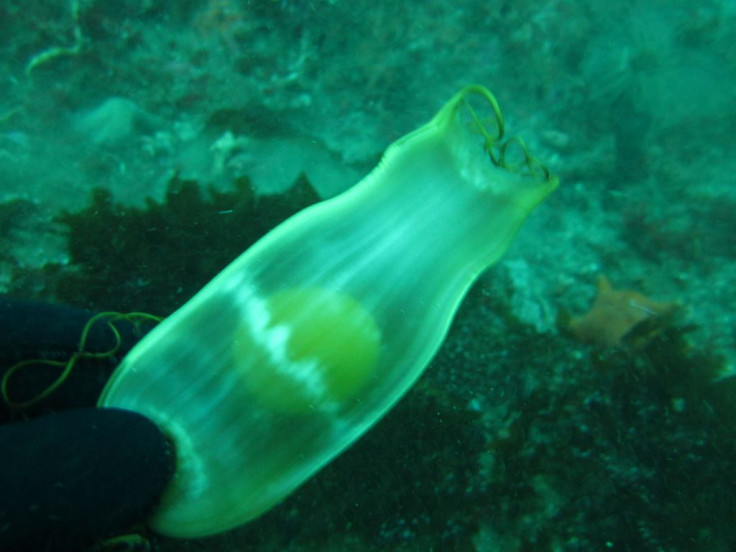Alien fish mystery solved: Bizarre sea creature is an albino swell shark

Earlier this week, a bizarre creature was pulled from the ocean, off the cost of Cabo, Mexico. It was a white and pink animal with mysterious alien-looking eyes. Experts were puzzled by its appearance and social media went into an overdrive with rumours of an alien fish found in Earth’s waters.
However, recently, experts were able to solve the mystery behind the creature. They confirmed the identity of the “alien fish” and said it was an albino swell shark, reports The Sun.
“Alien fish mystery solved — After studying the photos, the experts agree that the strange fish is an albino swell shark — still alive and well!” wrote the Facebook page of Pisces Sportfishing Fleet that shared the photo on Tuesday.
Experts were initially baffled by its identity because some of its features did not match with that of sharks, although it did have three rows of small teeth and skin like that of sharks. A client of Jaime Rendon, Captain of Dr Pescado, caught the alien-looking shark about a mile off the shore in 370ft-deep water.
“I was really surprised, but what caused most impact were the eyes, so strange,” said the captain.
Apart from its weird greenish eyes, this critter had three gills on each side of its head as opposed to sharks’ five and seven gills on each side. Jaime released the fish into the water, believing that it was an endangered species. Although few did suspect it was a swell shark because of its huge belly, still there were doubts.
“Even if it is a swell shark, why is it this colour and why does it only have three gill slits? The scientists are still reviewing and will let us know when they have an answer,” wrote Pisces Sportfishing Fleet on Wednesday.
Finally, the experts confirmed that it is a swell shark (scientific name Cephaloscyllium ventriosum). The white and pink colour suggests that it is either an albino or leucistic (lacking pigmentation).
Swell sharks are found in the Eastern Pacific and do not harm humans. They fill up their bellies with air or water so that it becomes difficult for predators to swallow them.





















